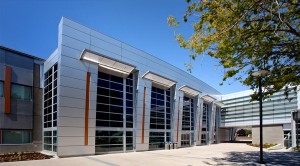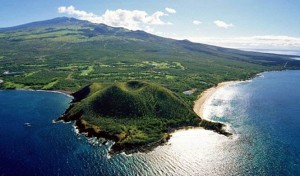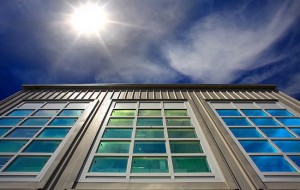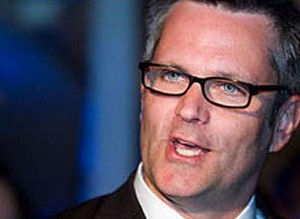 Intersolar North America will feature a close look at advanced energy storage and its impact on renewable energy generation. Intersolar North America, the premier solar industry exhibition and conference in North America for solar professionals to exchange information and develop business opportunities in the U.S. solar market, returns to San Francisco July 9-12, 2012 for its fifth year. Co-located with SEMICON West, the event is expected to draw approximately 900 exhibitors and more than 22,000 registered visitors from more than 80 countries to provide a true global perspective of the solar industry.
Intersolar North America will feature a close look at advanced energy storage and its impact on renewable energy generation. Intersolar North America, the premier solar industry exhibition and conference in North America for solar professionals to exchange information and develop business opportunities in the U.S. solar market, returns to San Francisco July 9-12, 2012 for its fifth year. Co-located with SEMICON West, the event is expected to draw approximately 900 exhibitors and more than 22,000 registered visitors from more than 80 countries to provide a true global perspective of the solar industry.
This year, Intersolar North America features a new special exhibit that promotes innovative energy storage technologies. PV Energy World, located in the Moscone Center, North Hall will offer expert presentations on energy storage and grid integration. The informative exhibits and display boards will stimulate discussion among visitors. As the North American solar industry matures, energy storage has emerged as a key technology to optimize renewable energy generation. Storage enables greater flexibility for the power grid, thus accelerating the deployment of affordable solar energy. The successful commercialization and integration of new energy storage technologies promises to help boost the capacity of solar projects, ease concerns over grid strain and bring more large-scale plants online.
 Janice Lin, Executive Director of the California Energy Storage Alliance said,”Energy storage offers the solar industry the opportunity to bring several goals to fruition, including faster grid interconnection, more precise timing of output, fewer curtailment and imbalance penalties, and the potential to secure valuable new revenue from wholesale ancillary services and capacity markets. Advanced
energy storage is poised to have a huge, positive impact on the solar industry in California and beyond, and the storage industry is very excited to see Intersolar North America cover this formative topic in such depth at this year’s conference and on the exhibition floor.”PV Energy World is supported in part by the California Energy Storage Alliance (CESA), an advocacy coalition committed to expanding the role of energy storage to accelerate the adoption of renewable energy. CESA counts storage technology manufacturers, renewable energy component manufacturers, developers and system integrators among its members, and this year marks the first time Intersolar will partner with CESA.
Janice Lin, Executive Director of the California Energy Storage Alliance said,”Energy storage offers the solar industry the opportunity to bring several goals to fruition, including faster grid interconnection, more precise timing of output, fewer curtailment and imbalance penalties, and the potential to secure valuable new revenue from wholesale ancillary services and capacity markets. Advanced
energy storage is poised to have a huge, positive impact on the solar industry in California and beyond, and the storage industry is very excited to see Intersolar North America cover this formative topic in such depth at this year’s conference and on the exhibition floor.”PV Energy World is supported in part by the California Energy Storage Alliance (CESA), an advocacy coalition committed to expanding the role of energy storage to accelerate the adoption of renewable energy. CESA counts storage technology manufacturers, renewable energy component manufacturers, developers and system integrators among its members, and this year marks the first time Intersolar will partner with CESA.










